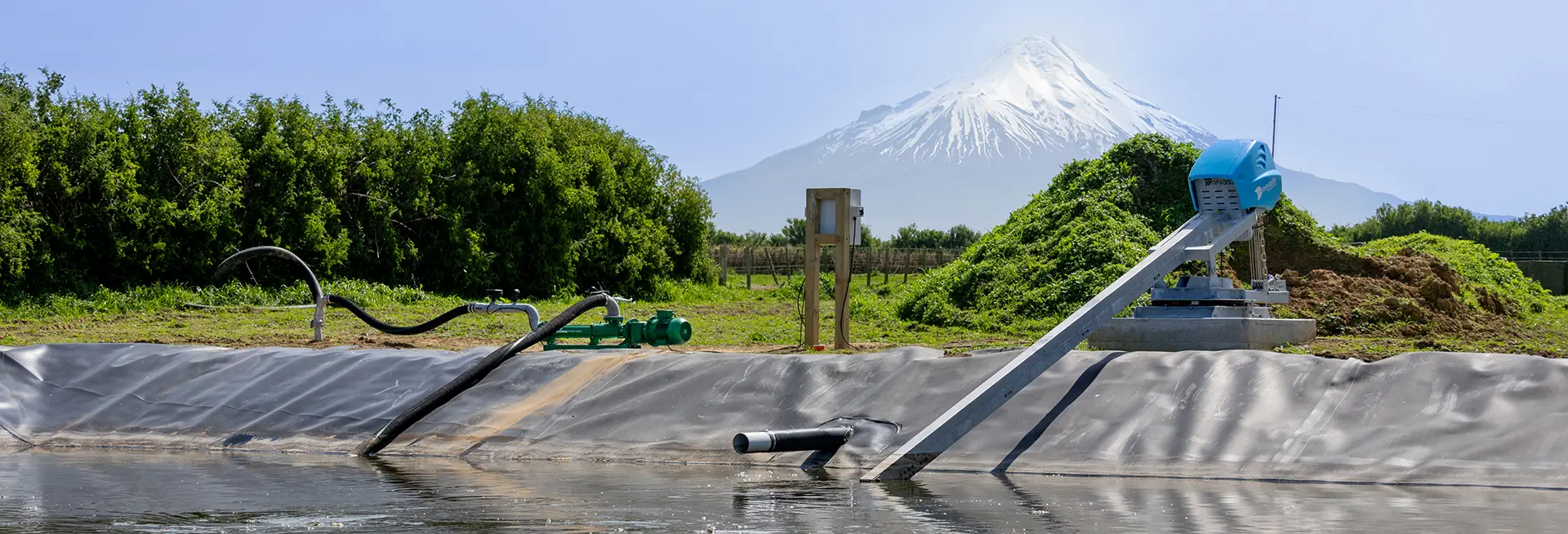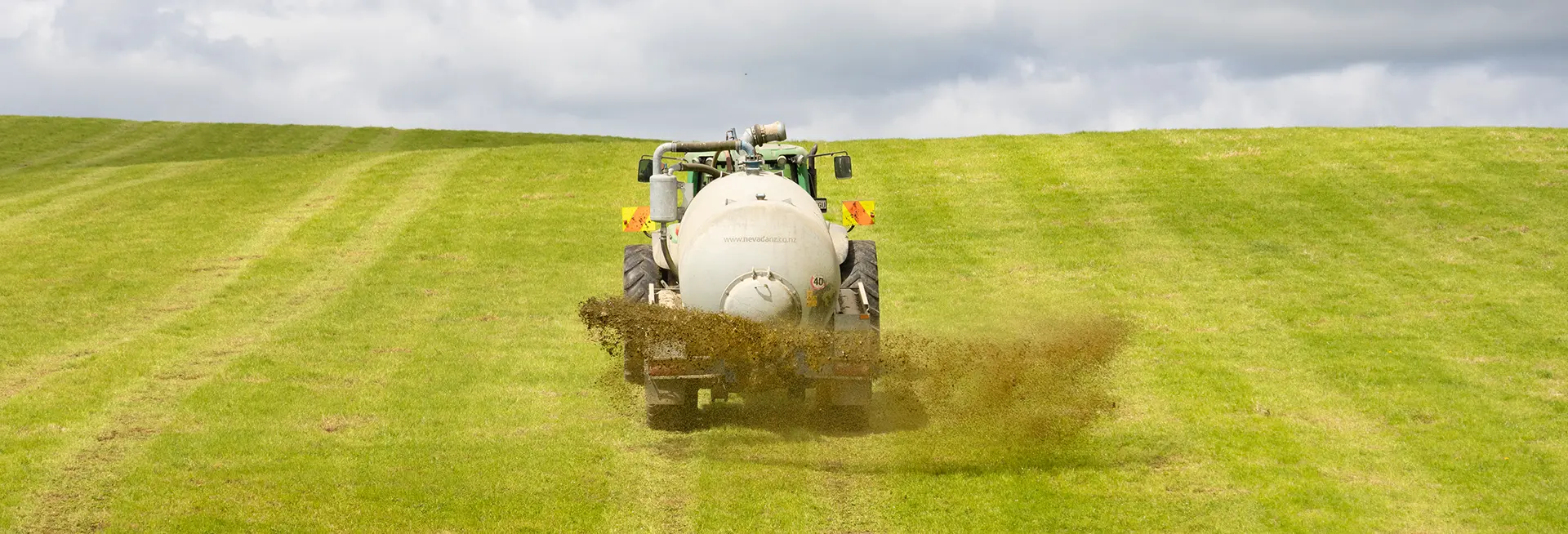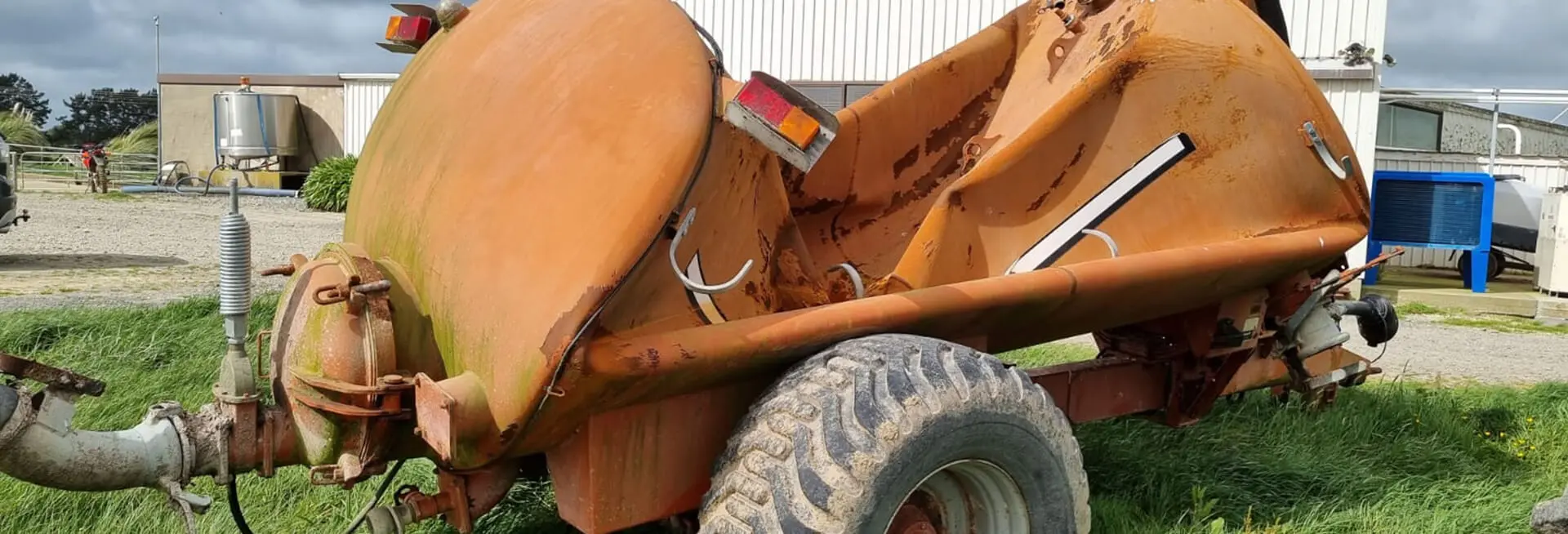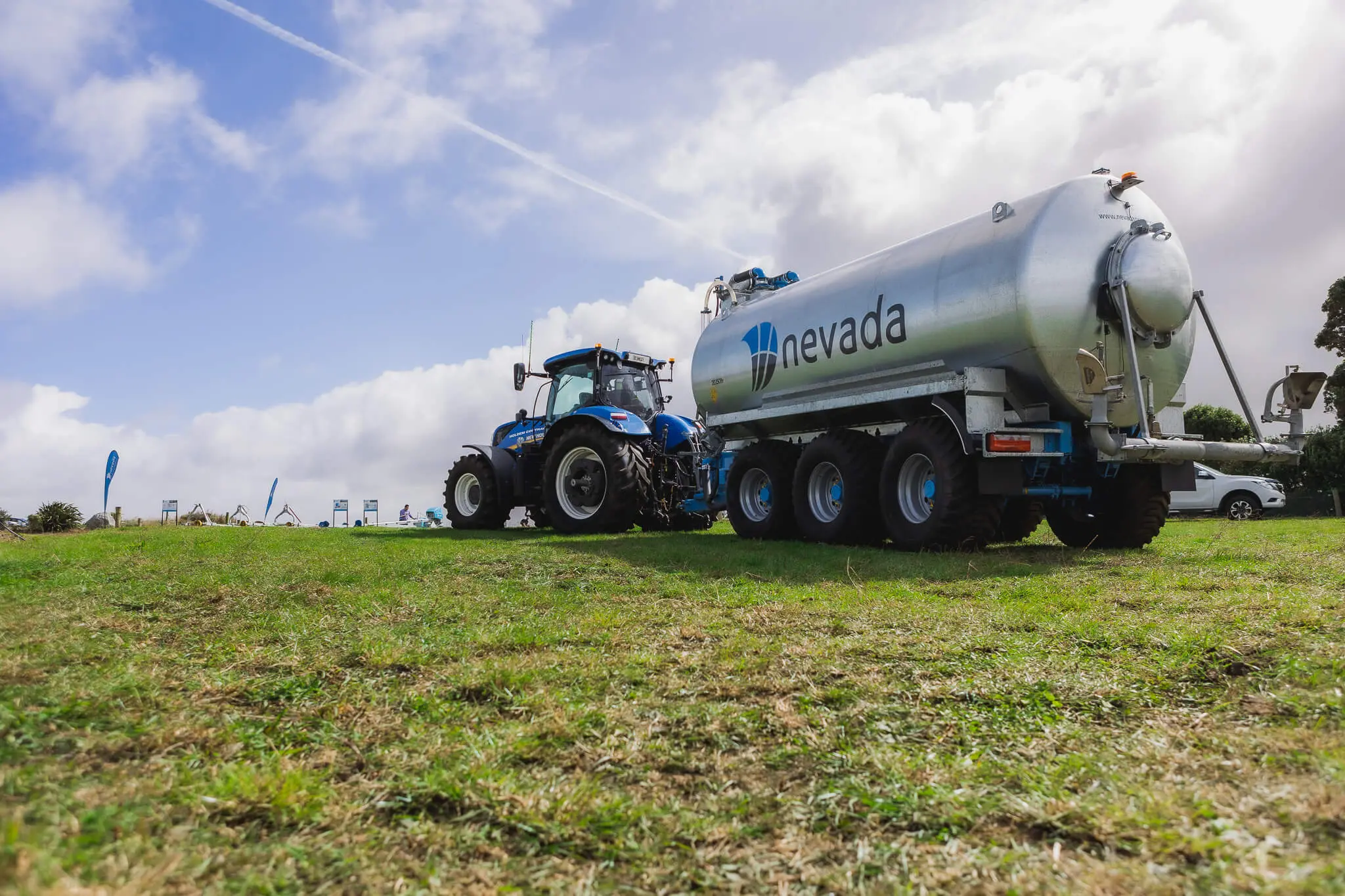Best practices for managing effluent doesn’t have to be complicated or costly. With the right setup for storage and spreading, you can stay council compliant, protect your land, and make life easier – all while making the most of your farm’s natural nutrients. For a start, there’s really only two components of an effluent management system:
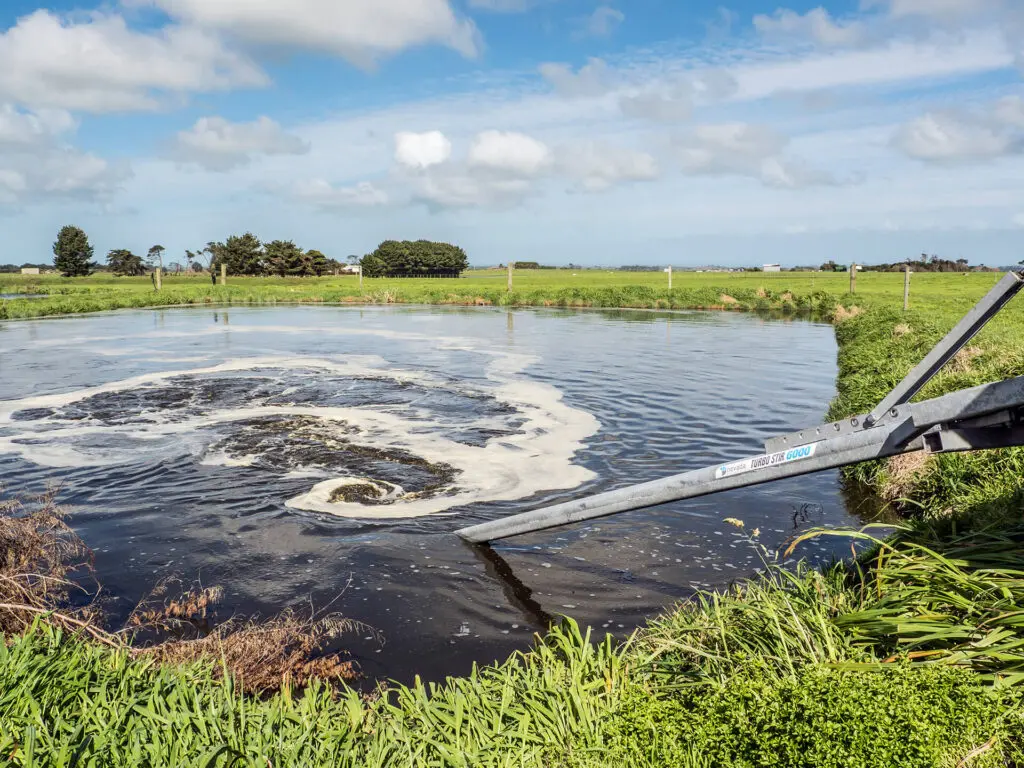

Storage
Also referred to as ‘deferred irrigation’, to meet council compliance regulations you need to have somewhere to store effluent for when conditions are not suitable for irrigation.
Spreading
Effluent is an excellent source of nutrients to promote pasture growth, but to keep the grass green, waterways blue, and the city folk smiling it has to be done the right way at the right time.
So here’s some guidelines relating to the best practices for managing effluent that’s cost effective, council compliant, and best of all…easy to manage!
Effluent storage
Best practice? If you can, keep it simple and set yourself up with the following:
HPDE lined effluent pond
Where possible, this is by far the best type of effluent storage:
- Position the pond to allow gravity to move the effluent from the milking shed into storage. This minimises processing, eliminating the need for double pumping or solids separation, and saving on time, labour and energy costs.
- HDPE liners are the most cost effective pond lining option, are compliant with environmental and regional regulations, and are designed to last for over 100 years – so installing one of these should last a few generations! We recommend them because they provide the best in high tensile strength, tear resistance, and are welded together – no need for adhesives.
- Effluent ponds are the most cost effective storage option for installation, maintenance, and use with other effluent management equipment.
- Make sure you get the right size storage for your needs. Getting it right the first time will save a lot of headaches in the future. If you’re unsure which size you need, contact an accredited dairy effluent system designer.
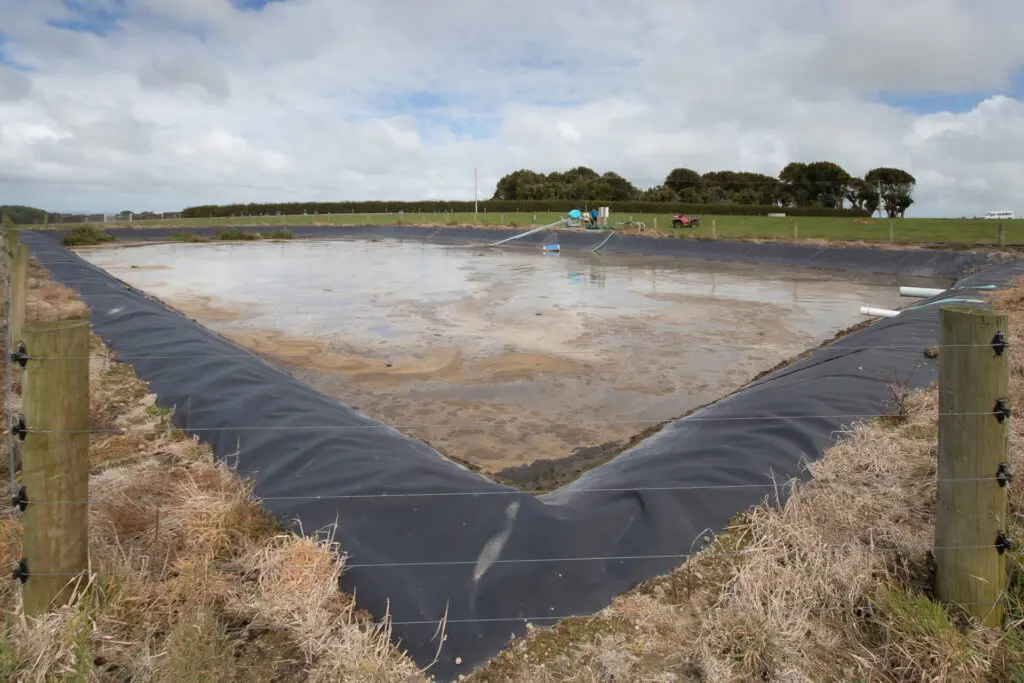
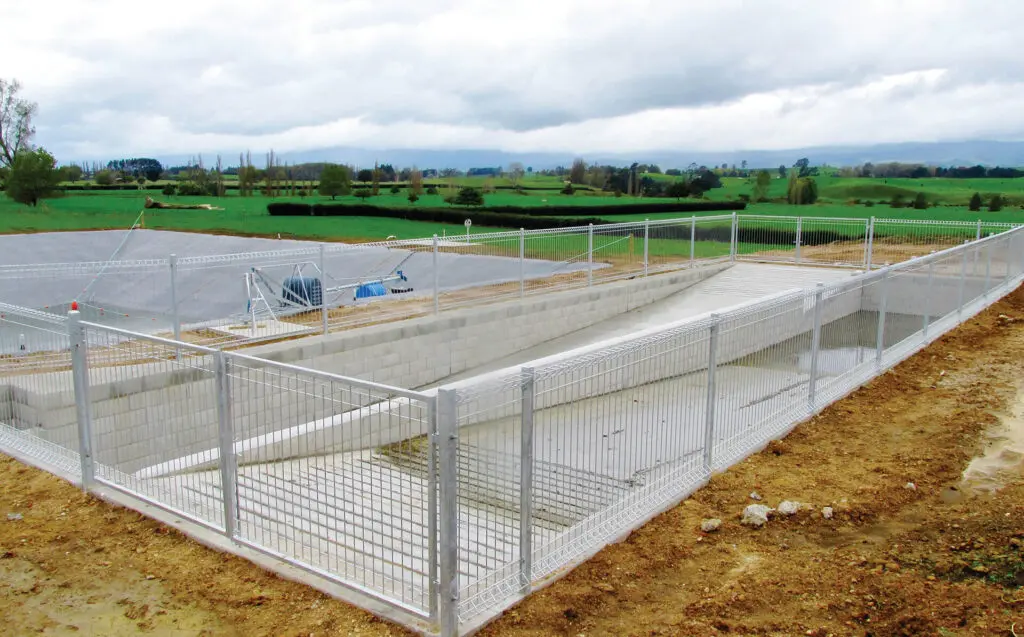
Storm water diverter
Install one of these to prevent too much water filling up the effluent pond during wet seasons. Excessive water will reduce the nutrient value while increasing the amount of effluent you have to store and spread.
Large, drive-in stone trap
A stone trap is recommended as best practice to remove stone, gravel and any other solids that have no nutrient benefits. This will give your pump and stirrer a longer life, and ensure the effluent pond capacity is effectively used. Stone traps that allow the tractor to drive in for cleaning out with a front end loader are less labour intensive, and therefore tend to be cleaned out more often.
Need help with your set-up
When you’re looking to invest in the install or upgrade of dairy effluent systems and equipment, you want to get it right the first time. As accredited effluent system designers with over 30 years experience, we’re here to support you in getting the system and effluent equipment you need for an efficient, effective, council compliant effluent management system that’ll enhance the value of your farm.
